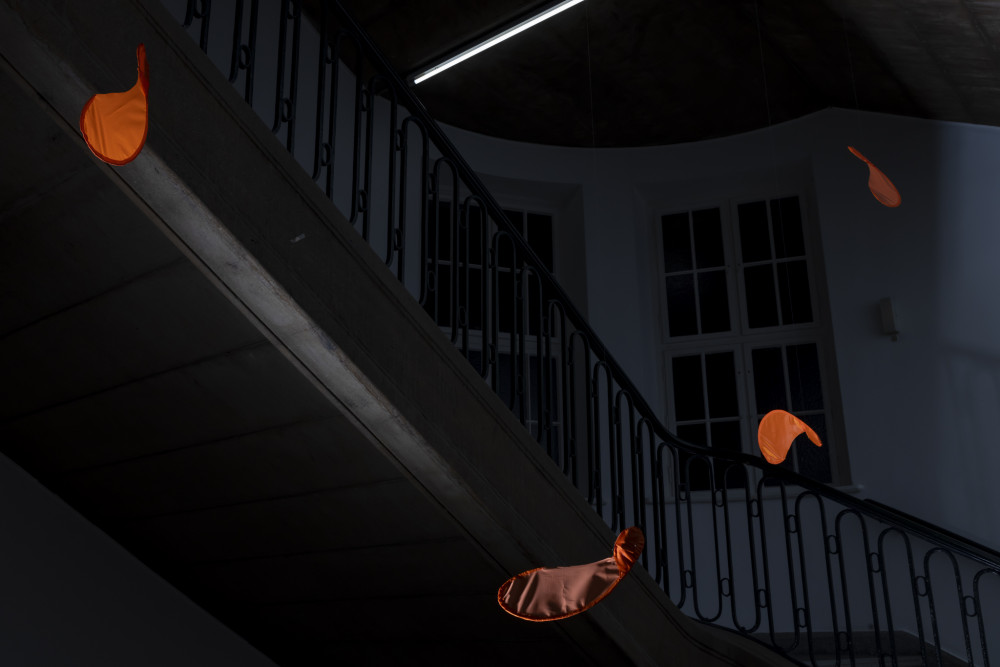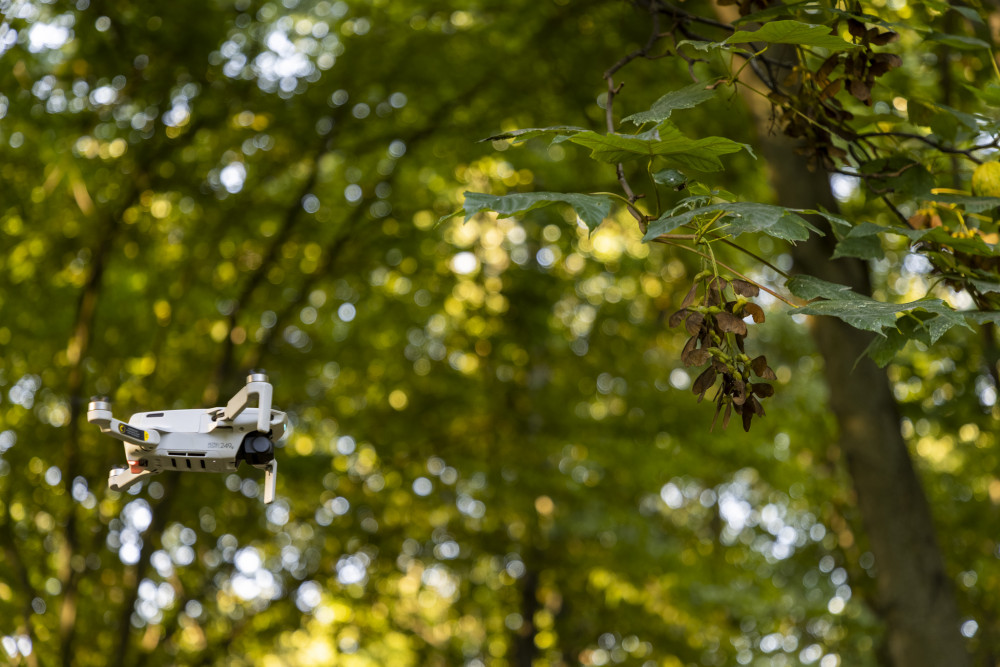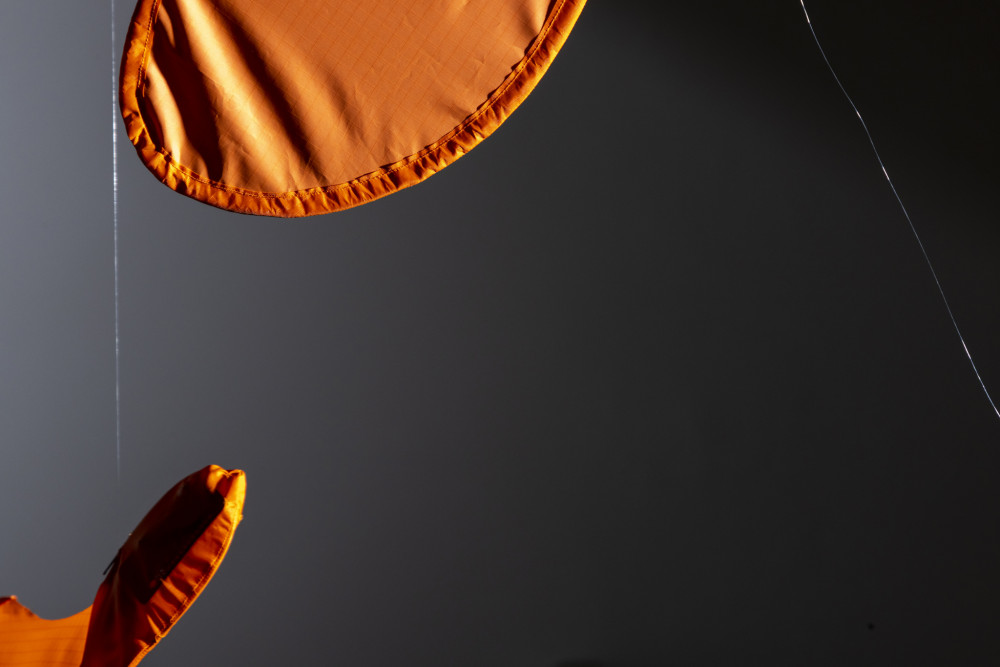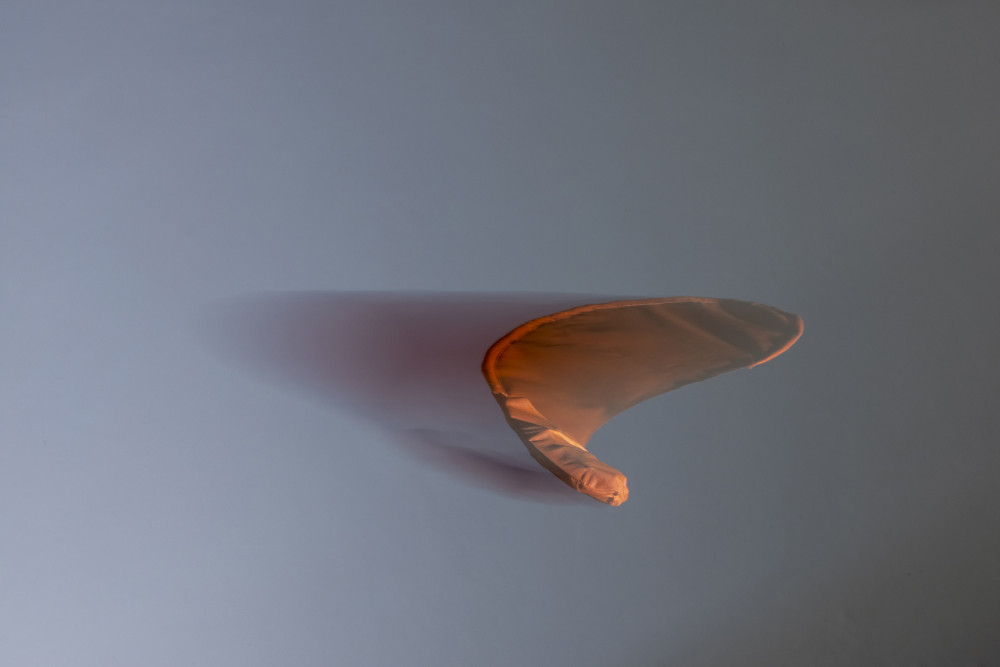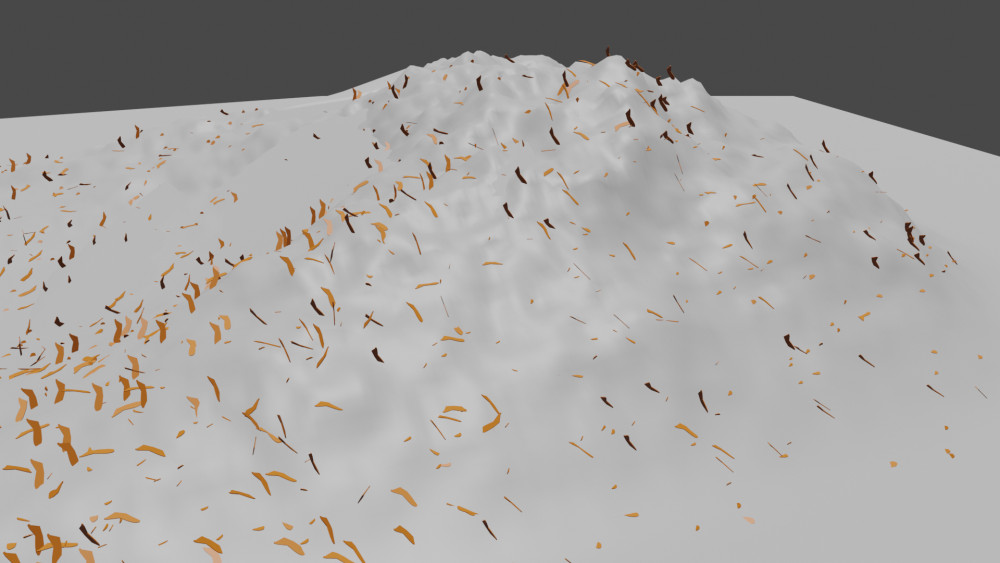Free Projects
—

Erik Freydank
Breitscheidplatz

Frederic Brodbeck
0..1
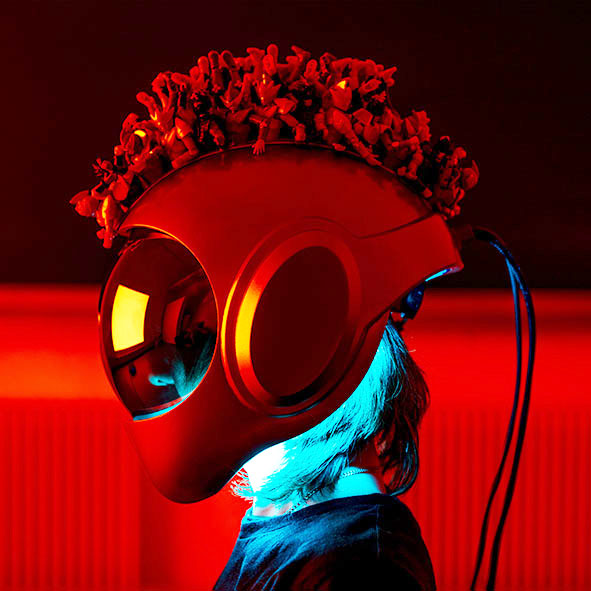
En Kitani
*WAAW

Ying Chen
Absconding

Lorenz Raab
Analoge Brücke

Akitoshi Honda
Artificial Appetizer

Elisa Storelli
Assemblaggio N1

Julius Fuehrer
A Thousand Seeds or the Right to Becoming

Merani Schilcher
autoantibody.3 – Destruction of Self

Frederic Gmeiner
Bericht über R.

Alexander Hahn
Bioinformatics: Nature’s superiority over binary computing

Susa Schmid
Blickskulpturen / Gaze Sculptures

Bruno Gola
Bruto

Ying Chen
Bubbles

Tim Horntrich
Clock Choc

Hsiao Li-Chi
Coffee And Kitty

David Reitenbach
convincing ideas

Jens Wunderling
default to public

Constantin Engelmann
Der Kopist

Valerian Blos
Design as Restriction / Restriction as Design

Özcan Ertek
Devil's Rope: On a Journey of No Return

Sven Gutjahr
Diaries of Alvin Fredriksøn

Tim Horntrich
DropingNews

Robin Woern
Ephememorion

Orlando Helfer Rabaça
Footprint²¹³

Julian Netzer
GOTCHA

Erik Anton Reinhardt
Graphic Design

Stephan Sunder-Plassmann
Hacking Memorials

Martin Kim Luge
Hear the grass growing

Christopher Hoehn
How It Was(n't)

Tim Horntrich
ICSY TK 5000

Julius von Bismarck
Image Fulgurator

Willy Sengewald
Jammer Horn

Florentin Aisslinger
Living with Matter

Monika Hoinkis
Living with Things

Sebastian Wolf
lovesmenot

Andreas Schmelas
Machines At Work

Merani Schilcher
Make Me A Weapon – Destruction of Context
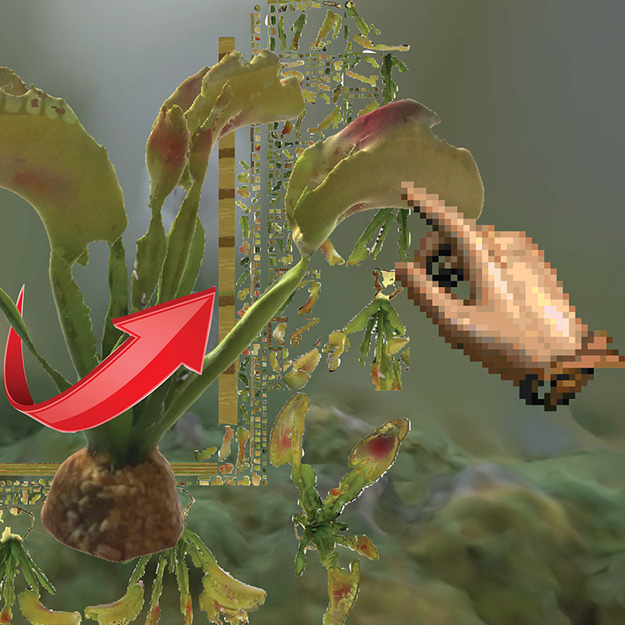
Julia Rosenstock
Meadow of carnivore plants

Frederic Gmeiner
Memory Shapes

Merani Schilcher
Mephista – Destruction of Other

Ying Chen
My queer body, my ownership

Piet Schmidt
möve

Fang Tsai
Nahweh: the Unreachable

Nicenboim Iohanna
Objects of Research

Bill Hartenstein
Palio

Vinzenz Aubry
pendel 1

Hye Joo Jun
Phantom Limb

Markus Kison
Pulse

Kilian Kottmeier
Resource forecast

Felix Worseck
Subordination/Unterordnung

Frederic Brodbeck
Synthetic Flurry

Stephan Sunder-Plassmann
Tagebilder

Stephan Sunder-Plassmann
The Beauty of Oppositions

Andreas Schmelas
The Space Beyond Me

Julius von Bismarck
The Space Beyond Me

Andreas Schmelas
The Visible Invisible

Paul Kolling
thing <ser. no.>

Elisa Storelli
This machine will not switch herself off

David Löhr
Titan

Niklas Söder
Unstable Trajectories

Tilman Richter
Wall of Distribution

Tilman Richter
Wall of Support

Tilman Richter
Wall of Tendencies

Andi Rueckel
木

Andi Rueckel
木 木

Andi Rueckel
木 木 木
Julius Fuehrer — A Thousand Seeds or the Right to Becoming
Free Projects
What assemblages emerge from the connectedness of natural, cultural, an technological multiplicities?
Climate change, damage to the biosphere, ocean acidification, deforestation, waste pollution, destruction of biodiversity and much more threaten terrestrial life as we know it.
In order to avoid the catastrophe, naturalness and artificiality are often negotiated with each other in our civilised world determined by culture and technology. In doing so, we appear as the artificial, technologised and cultural actors and often view the world around us as passive and primal.
But these categories are obsolete. Nature and culture are rather constitutive of each other. Therefore, the question of their points of contact seems more exciting. Where do the border crossings take place? Where do the different structures interact? Where does the becoming together happen? Becoming in alliances? Who is infected with whom and what new assemblages emerge?
A Thousand Seeds or the Right to Becoming deals with the infection of the seed with human culture , the catastrophes, the loss of biodiversity. Through his affectation with and fascination with human technological networks, he too became something else, stepping out of his apparent passivity and showing his own agency.
By expanding his perception through contact with the drone and the parasitic use of the internet, he begins to control his dispersal. Observing the weather and communicating with each other enables trees and seeds to spread optimally, find the most favourable locations and intervene in selected landscapes to save their own and other species.
And does with this agency also come the right to this development and can it be secured in the cultural network of patent law?
